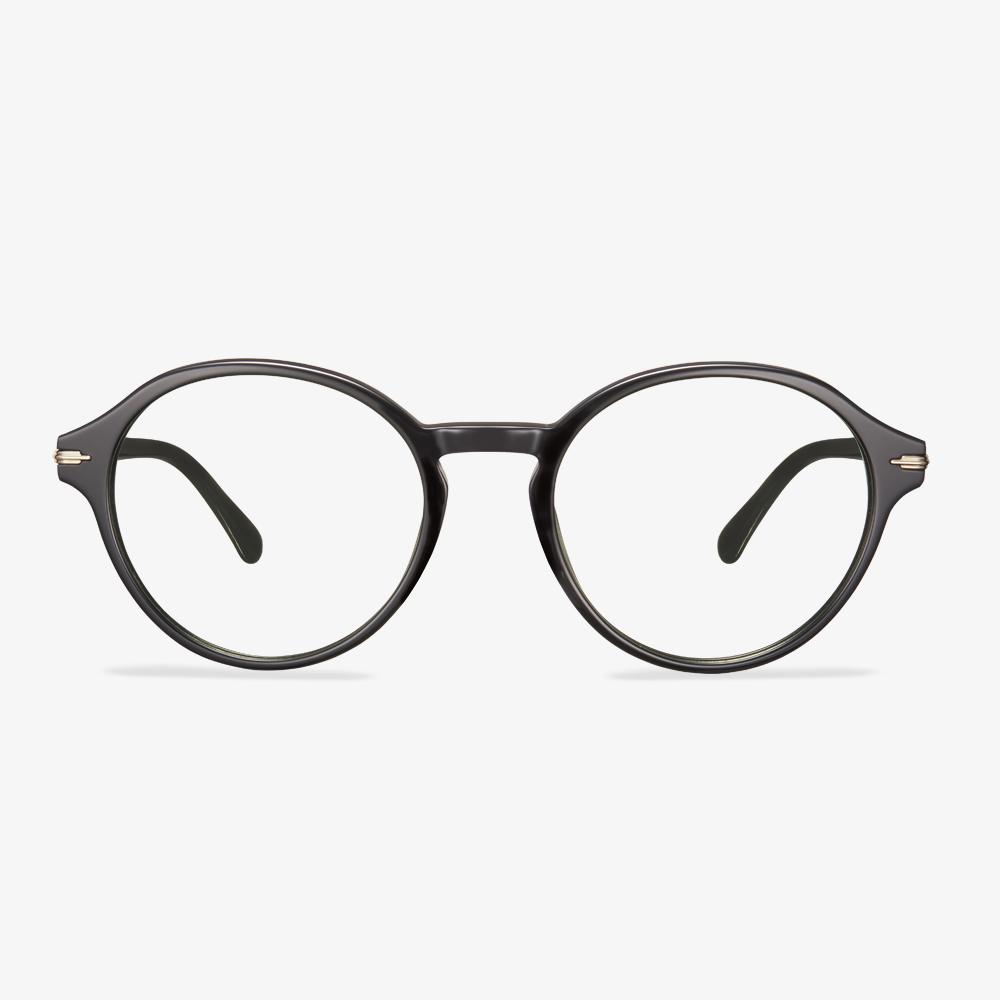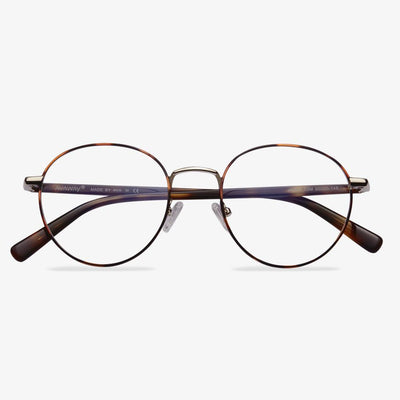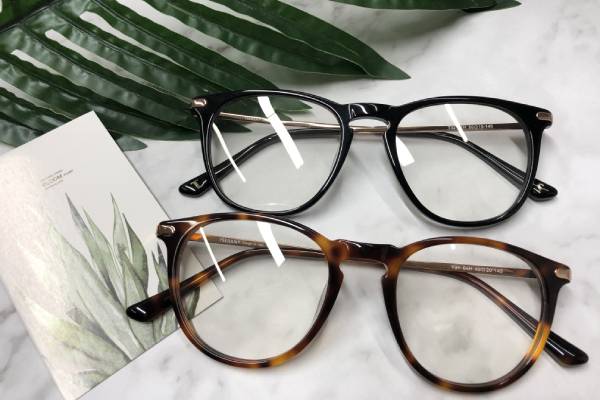How to Remove Scratches from Prescription Glasses with Coating
It would be an unfortunate thing if there is a scratch on your prescription glasses. Some people may ask how to remove scratches from prescription glasses with coating. Unluckily, there is no magic cure to remove scratches from prescription glasses. Once your glasses are scratched, they are scratched.
However, there are some products on the market designed to make the scratches look less visible. In fact, most of these products are just waxy substances that wear off easily and they even can smear anti-reflective lenses.
So, if your glasses are scratched, for optimum vision and safety, you had better replace your lenses if they become scratched. When purchasing the glasses, you can go to the local optical store or choose online. For example, the Koalaeye Optical is a good choice because it is cheap and has free shipping. You can find some professional explanations on this website, such as Sphere, Cylinder, or Axis.
Are Blue Light Glasses Bad for Your Eyes?
After learning some basic information about blue light blocking glasses, are blue light glasses bad for your eyes? No, the blue light glasses would not damage your eyes. Blue light blocking glasses can protect your eyes from harmful blue light and UV rays by using special lens technology to block and filter them out.
Sunlight contains the full spectrum of visible light including red, orange, yellow, blue, indigo and violent, and also non-visible light such as ultraviolet and infrared. A moderate amount of blue light and UV rays can be beneficial for us, but too much can damage our eyes.
Can you wear blue light glasses while driving?
The damage of blue light has a cumulative effect. The longer the exposure time is, the more serious the damage of retinal cells will be, which will eventually lead to irreversible damage of the structure and function of the retina. Once the retina has permanent damage, degeneration will directly affect the metabolism and function of photoreceptor cells, resulting in vision loss. It depends on the glasses you're wearing. The function of anti-blue light glasses depends on the material of the glasses. Some blue light glasses have a special anti-reflective coating, which can reduce glare. These glasses are definitely helpful when driving at night.
Different Types of Progressive Lenses
The first progressive lenses we want to introduce are computer progressive lenses, which are designed for clear vision in office settings. These lenses are ideal when using a computer for over 4 hours a day and help to reduce eye strain.
Computer progressive lenses are intended for indoor use and should not be worn over your regular glasses. The drawback to this is it requires you to have two separate pairs of eyeglasses.
Can I get a prescription for contact lenses?
Once a contact lens prescription is established, you are entitled to a copy. In some cases, this may occur after a diagnostic match. In many typical GP lenses and special designs, such as bifocal, annular, keratoconus, or postoperative, it may take several examinations before a successful match can be made and a prescription can be provided. If contact lenses are not issued by a doctor, it is important that whoever dispenses them is completely accurate. A soft lens Rx usually includes lens material name, design, power, base curve, and diameter. GP lens prescriptions usually have this information and more, like perimeter curve radius, center thickness, special perimeter design, and optical area diameter.
How to measure pupil distance?
You can ask your optometrist for this data, or if you have an extra pair of glasses, please send it to the merchant with your printed order and they will record your pupil distance value from it to ensure that your lenses have an accurate vision center. They will send you your new and old glasses together. The average pupil distance for adults is usually between 60mm and 66mm.
Glasses donation is also a form of recycling.
The old glasses were donated, and the love glasses were favored and recognized by the public. It is mainly aimed at orphans, left-behind children, single-parent families, and adolescents with mental retardation in poor mountainous areas. It lets the children who can not afford glasses really feel the care and warmth brought by people from all walks of life. Encourage them to take good care of their eyesight, study happily and grow healthily. And it can enhance the self-health care consciousness of young students.











































